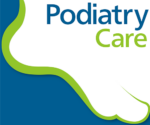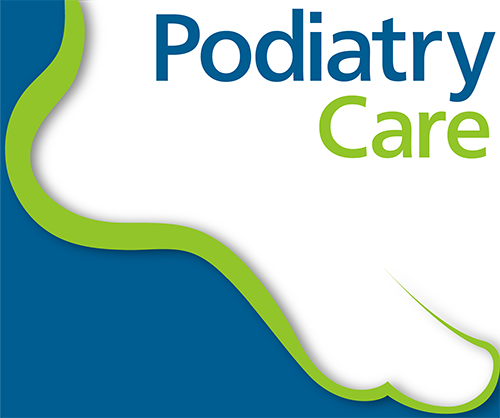What is Sever’s Disease?
Sever’s Disease (calcaneal aphophysitis) is not really a disease, but more a repetitious strain injury. This is the most common cause of heel pain in children seen at Podiatry Care. Active children in football, soccer, basketball, netball and tennis with this type of foot pain often complain of pain in the region of the heel bone particularly after exercise. In severe cases, children will complain of pain during exercise as well. They may even struggle to walk when getting up from rest.
As far as heel pain causes are concerned, Sever’s disease is a frequent cause of heel pain in children, particularly in the very active child. It is most often seen in children between the ages of 8 to 15 years as the growth plate is not fully developed or calcified at this time.
What are the symptoms commonly seen with Sever’s disease?
The condition can be quite disabling and tends to affect those who are fairly busy with sporting activities but can occur in children who are mildly active as well. In the initial stages of the condition, most children displaying signs of Severs disease will tend to hobble or limp off the sports field or court and complain of sore heels near the end of activity.
As the condition progresses, children may complain of pain during activity and in severe cases prior to sporting activities. Some children may complain of what appears to be achilles heel pain or ankle heel pain, however, children usually complain of pain in the heel of the foot. Morning heel pain is rare in children but can occur in severe cases of Sever’s disease.
Kids heel pain can be very discouraging for active children but, early treatment by the right Podiatrist can resolve this type of foot pain in children very quickly.
What causes heel pain in children?
The cause of the heel pain in Severs disease is thought to be the tractional forces applied to the growth plate of the heel bone by the achilles tendon at the rear of the heel bone and the plantar fascia just beneath the heel bone. This pulling force by the achilles tendon on the growth plate is often aggravated by tight calf muscles and excessively pronated feet (i.e. feet that “roll in” too far).

